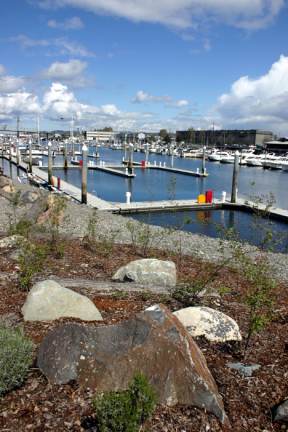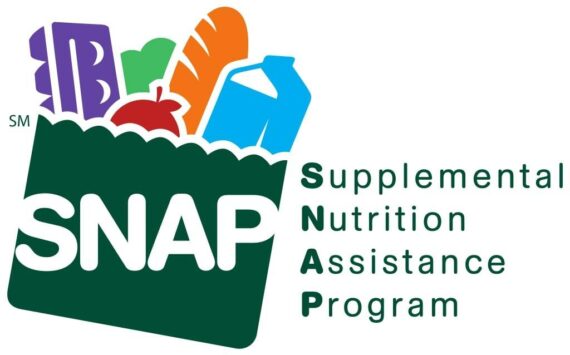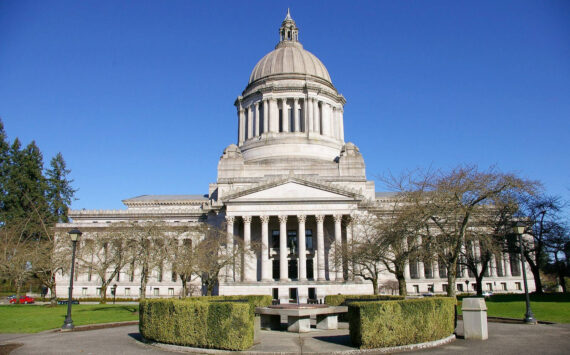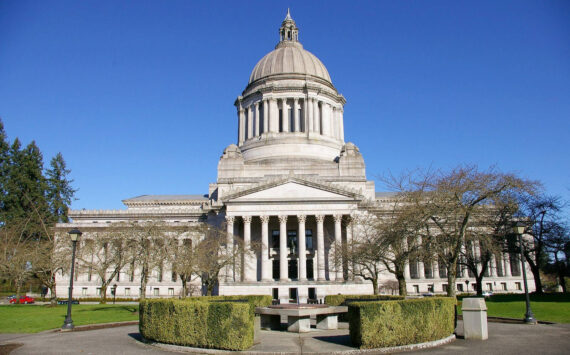Elected officials representing Tacoma and Pierce County gathered along the Thea Foss Waterway esplanade yesterday to celebrate cleanup efforts that turned a one-time contaminated Superfund site into a catalyst for economic development downtown.
“It’s well worth celebrating a waterfront teeming with greenlife that adds so much quality and vitality to our city,” said Tacoma Mayor Bill Baarsma, who was joined by Congressman Norm Dicks (D-WA), and Environmental Protection Agency (EPA) Deputy Regional Administrator Ron Kreizenbeck.
Baarsma pointed to the Albers Mill Loft, Thea’s Landing, Museum of Glass, Washington State History Museum, and University of Washington Tacoma as examples of projects that have redefined this part of downtown Tacoma from an area of blight to an area of revitalization, thanks largely to cleanup efforts in the water.
“Twenty-three years ago, 12 square miles of Commencement Bay were declared a Superfund site — the result of nearly a century of industrialization on the tideflats and along the waterfront, and a municipal sewage system that dumped waste directly into the bay. At the time, EPA called the area one of the nations most polluted waterways. “When industrial polluters vacated the area,” recalled Baarsma, “the city was left with a polluted hot spot.”
In 1983, the city council purchased 27 acres in the hopes of turning it into a hub for environmental recovery and economic development.
“After receiving that dubious status,” said Baarsma, ”the council made a gutsy move. The Foss cleanup ushered in an environmental renaissance. The council realized a bold vision of taking broken, barren land and turning it into a revitalized part of town.”
Eleven years later, the city voluntarily devised a plan for cleaning up the Foss Waterway. Between 1994 and 2005, according to the city’s wastewater management department, the city spent approximately $52 million of surface water rates, bonds, and reserves to help fund the cleanup. Some $13 million also came from 70 local companies and property owners, and more than $21.5 million arrived through grants and partnerships with the Washington State departments of ecology and natural resources, as well as the Foss Waterway Development Authority.
Collectively, more than 130 community members and organizations contributed to the cleanup, according to Kreizenbeck. He also commented that more than 2 million cubic yards of sediment contaminated with heavy metals, polychlorinated biphenyls (or PCBs), phthalates (a chemical used to make plastics, solvents, and detergents), petroleum-based products (from the burning of coal, oil, and gas), pesticides, and dioxins were removed from Commencement Bay. And a little more than $185 million was spent on the overall cleanup of Commencement Bay and the Thea Foss Waterway, according to Kreizenbeck.
“The cleanup showcases a strong partnership between the EPA and community organizations,” said Kreizenbeck.
”This cleanup is a major achievement, and the city should be proud of it,” said Rep. Dicks. He told the audience that years ago, when the waterway was contaminated, he believed it was one of the most underappreciated treasures.
”When the city embarked on a plan,” Dicks added, “I was as excited as anyone about the possibility of revealing this hidden treasure.”
The celebration yesterday was marked by a local dragon boat team that paddled along the Foss and released 12 glass floats symbolizing the number of years the city led the cleanup project.










